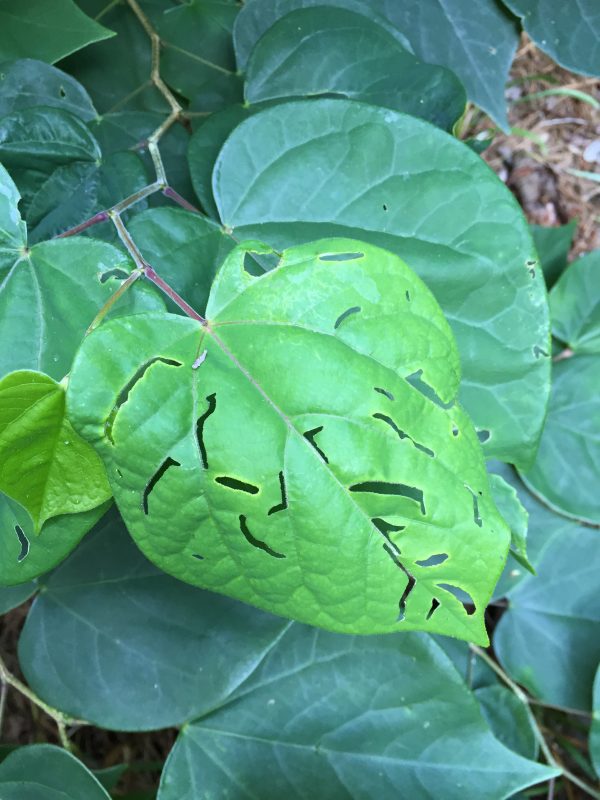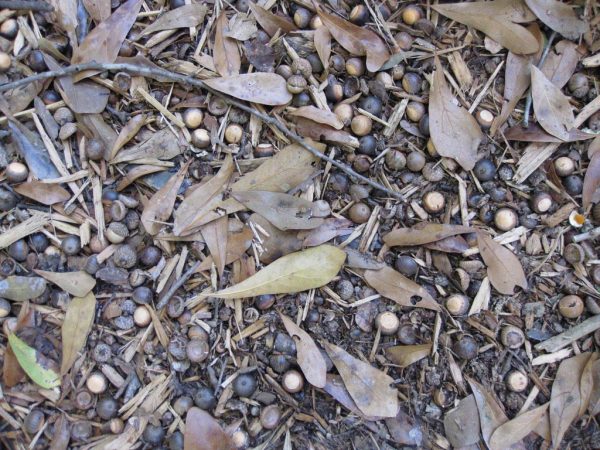Drought – Buying a Soil Moisture Tester
Q: Where can I buy an accurate soil moisture tester for my landscape?
A: Turf expert Clint Waltz says:
“There are soil moisture probes that can accurately measure volumetric soil moisture content. Brand names include the Dynamax TH2O Moisture Meter and the Stevens Hydra Probe. Also consider the POGO Portable Soil Sensor. These are examples of dielectric, or capacitance, probes which are safe, relatively inexpensive, and reliable.
“These probes and measurement techniques work best when the probes are either in the same place for several months or the same location is measured routinely over an extended period. Soil moisture patterns, or trends of water use, and application can be observed but only through repeat measurements. There is too much variability within the landscape to make a onetime measurement accurate.
“For example, what if I measured my landscape and inserted the probe into an area that was amended with an organic material, or some other substrate that has a high water holding capacity? The probe would measure a “high” volumetric water content….. but that would be function of either an amendment or site preparation. The measurement could not tell me whether I had irrigated or not.
“What if I sampled an area with a high natural clay content? Even if it was a week after the last rainfall, clay has a high water holding capacity and the measurement could reflect the amount of residual water trapped in the soil. If there is little evapotranspiration, as we would get in fall and winter, a little moisture can persist for weeks. It is possible for me to sample my landscape a week or more after the last rainfall, with no supplemental irrigation, and get a reading indicating my landscape is wet.
“This technology has great potential of being a tool to improve water conservation but it must be used appropriately and within the scope and limitations of the technology. If soil moisture probes were permanently inserted into the landscape and they communicated with irrigation systems, then water would be applied only when soil moisture levels fell below a predetermined level that is critical for biological activity of that species. Obviously, water would only be applied when needed and the probe, or probe array, could then tell the system when the root zone is adequately hydrated and trigger it to turn off.
“Visit www.GeorgiaTurf.com and under the “Best Management Practices for Landscape Water Conservation” link / publication there is more information on moisture probes in the Emerging and Existing Technologies for Landscape Water Conservation section.

















